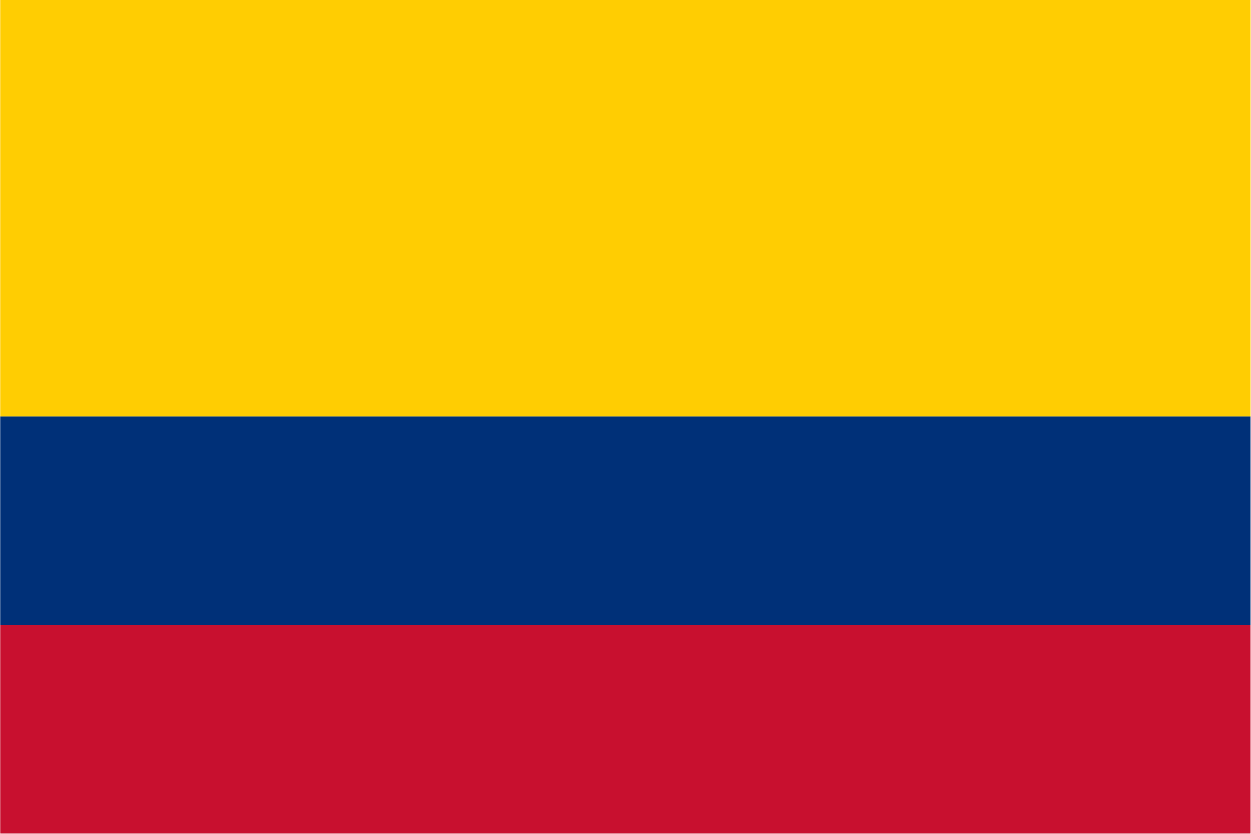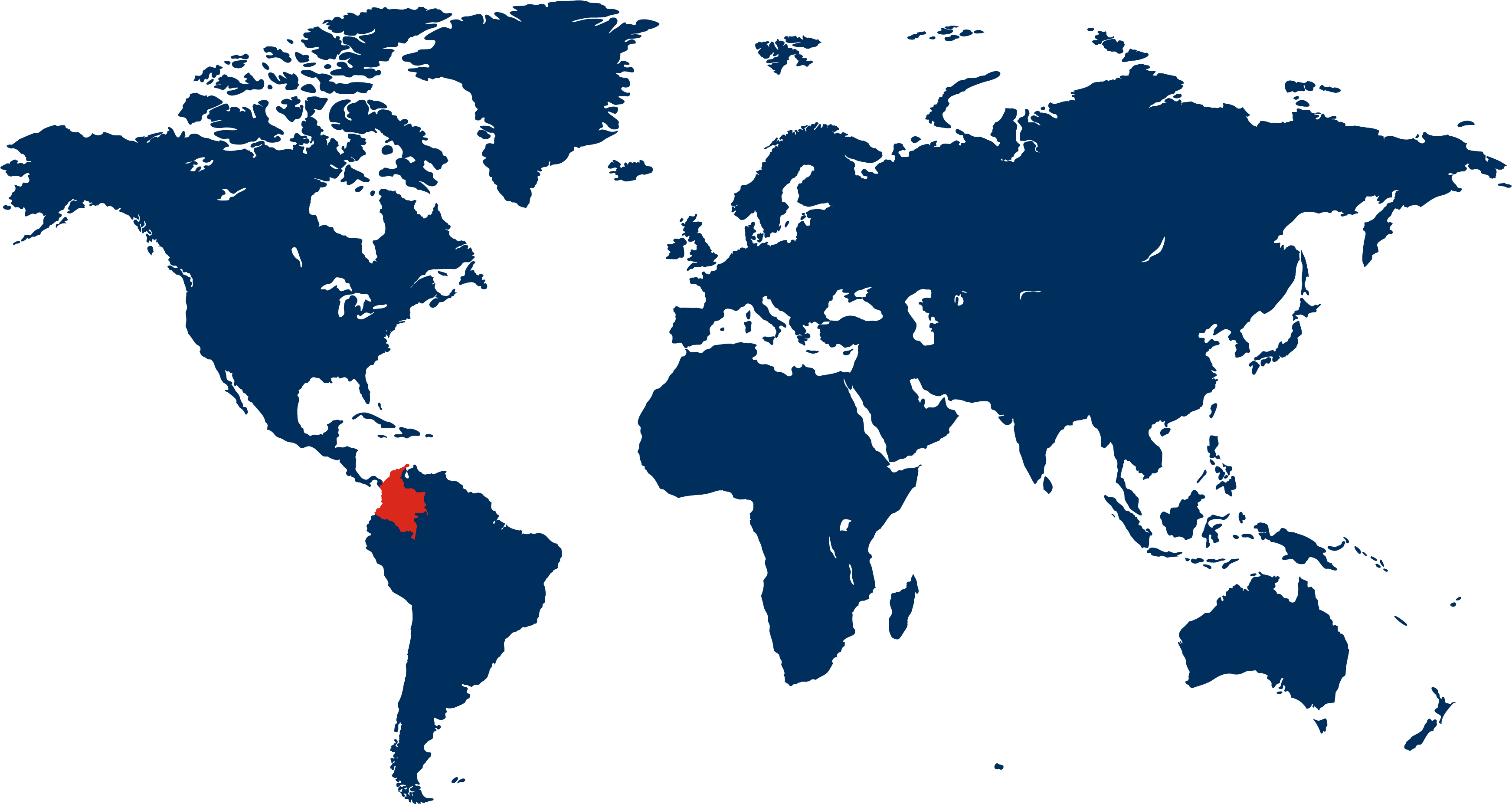Colombia Travelogue
Articles
Travelogues
View more from News & Articles or Primerus Weekly

By Tom Kirvan
Colombia, a country with a population of more than 52 million people, is one of South America's most captivating destinations, offering a blend of modern urban life and untamed wilderness.
Colombia is the fourth-largest country in South America, covering an area approximately the size of Texas and California combined. It is bordered by Venezuela, Brazil, Peru, Ecuador, Panama, and the Caribbean Sea. With a diverse population, Colombia's culture is a vibrant mix of indigenous, African, and Spanish influences. The country's geography is equally varied, featuring lush rainforests, towering mountains, arid deserts, and stunning coastlines.
Bogotá, the bustling capital of Colombia, sits at an altitude of 8,660 feet in the Andes Mountains. With a population of around 8 million people, Bogotá is a city that buzzes with energy and cultural richness. The city's historic center, La Candelaria, boasts colonial architecture, cobblestone streets, and numerous museums. Visitors can explore the Gold Museum (Museo del Oro), which houses an impressive collection of pre-Colombian gold artifacts, or take a cable car up to Monserrate, offering panoramic, mountain top views of the city.
Pico Cristóbal Colón, standing at 18,800 feet, is the highest point in Colombia. Located in the Sierra Nevada de Santa Marta, this majestic peak caps off one of the tallest coastal mountain ranges in the world. The region is home to indigenous communities, diverse ecosystems, and rare wildlife, making it a significant natural and cultural treasure.
Top 5 Must-See Tourist Destinations


Capital: Bogatá
Population: 52.6 million
Highest point: Pico Cristóbal Colón (18,800 feet)
Languages: Spanish, Creole English
Religion: Christianity
Primerus Member: Pinilla, González & Prieto Abogados
Pinilla, González & Prieto Abogados, an international business law firm based in Bogatá.
Colombia's history is marked by rich indigenous cultures, Spanish colonization, and a complex path to modernity. The territory was originally inhabited by various indigenous groups, including the Muisca and Tairona. The Spanish arrived in the early 16th century, and Colombia became an important part of the Spanish Empire. The struggle for independence began in the early 19th century, led by figures like Simón Bolívar, and Colombia finally gained independence in 1819.
In the 20th century, Colombia experienced significant social and political challenges, including armed conflict and drug-related violence. However, recent decades have seen remarkable progress in terms of security, economic development, and cultural renaissance, making Colombia an increasingly popular destination for travelers.